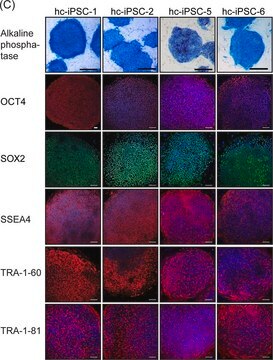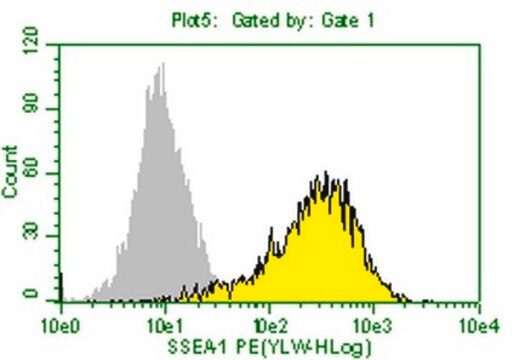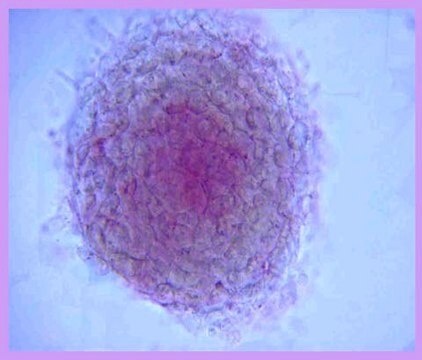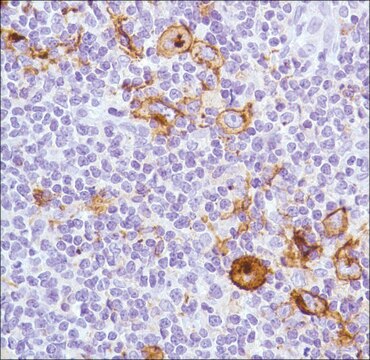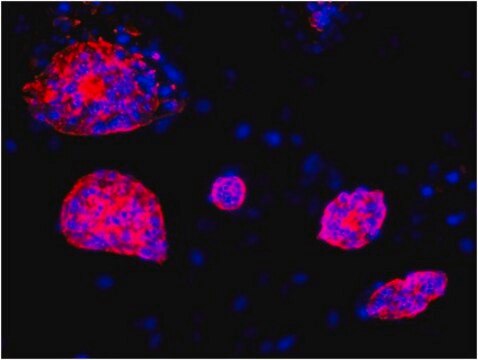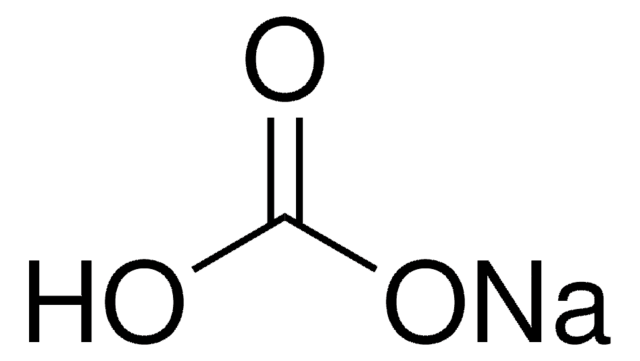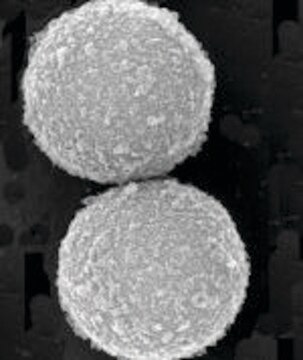MAB4301
Anti-Stage-Specific Embryonic Antigen-1 Antibody, clone MC-480
clone MC-480, Chemicon®, from mouse
Synonym(s):
SSEA-1, CD15, Lewis X, 3-FAL
About This Item
Recommended Products
biological source
mouse
Quality Level
antibody form
saturated ammonium sulfate (SAS) precipitated
antibody product type
primary antibodies
clone
MC-480, monoclonal
species reactivity
mouse, human, rat
packaging
antibody small pack of 25 μg
manufacturer/tradename
Chemicon®
technique(s)
flow cytometry: suitable
immunofluorescence: suitable
immunohistochemistry: suitable
immunoprecipitation (IP): suitable
input
sample type: mouse embryonic stem cell(s)
sample type induced pluripotent stem cell(s)
sample type neural stem cell(s)
sample type: human embryonic stem cell(s)
isotype
IgM
NCBI accession no.
UniProt accession no.
shipped in
ambient
storage temp.
2-8°C
target post-translational modification
unmodified
Gene Information
human ... FUT4(2526)
Related Categories
General description
Specificity
Immunogen
Application
A previous lot of this antibody was tested on IH.
Immunoprecipitation:
A previous lot of this antibody was tested on IP.
Immunofluorescence:
A previous lot of this antibody was tested on IF. 4% PFA fixed, 5-10 minutes room temperature. No detergent is required as epitope is external.
Flow Cytometry:
A starting range of 10-20 µg/mL is suggested.
Positive mouse EC lines include:
F9, PCC4, ND-1, SCC1, NG2, LT/SV, MH-15, FA-25.
Lines : PYS-2, OTT6050f, B3T3SV. C57SV, K129SV. KCA, QAIB, BW5147 were negative.
Optimal working dilutions must be determined by the end user.
Stem Cell Research
Pluripotent & Early Differentiation
Neural Stem Cells
Quality
Target description
Physical form
Storage and Stability
Analysis Note
P19 mouse embryonic carcinoma cells
Other Notes
Legal Information
Disclaimer
Still not finding the right product?
Give our Product Selector Tool a try.
Storage Class Code
12 - Non Combustible Liquids
WGK
nwg
Flash Point(F)
Not applicable
Flash Point(C)
Not applicable
Certificates of Analysis (COA)
Search for Certificates of Analysis (COA) by entering the products Lot/Batch Number. Lot and Batch Numbers can be found on a product’s label following the words ‘Lot’ or ‘Batch’.
Already Own This Product?
Find documentation for the products that you have recently purchased in the Document Library.
Our team of scientists has experience in all areas of research including Life Science, Material Science, Chemical Synthesis, Chromatography, Analytical and many others.
Contact Technical Service